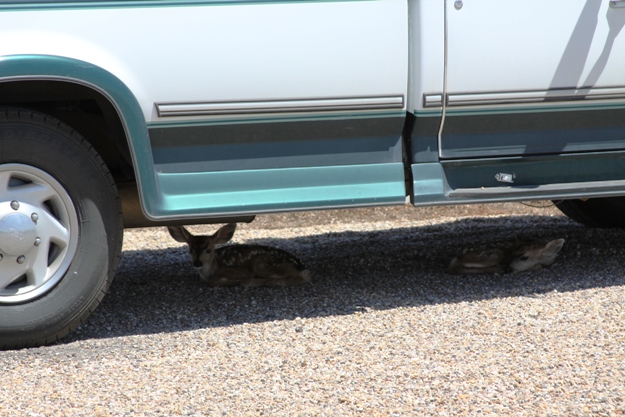Wild Pantex - Why a Wild Pantex Blog?
Article by Jim Ray, Pantex Wildlife Biologist/Scientist
What is the purpose of this blog? Well, Pantex has a story tell. One that is far removed from perception that naturally arises concerning a facility that serves as the primary disassembly and maintenance location for the nation’s nuclear weapons arsenal.
The Wild Pantex story reveals itself not only by a growing amount of chatter among Plant employees that focuses on wildlife sightings, wildlife projects, and outside recognition for our programs, but also is evident in the media, through internet searches, and at meetings involving wildlife professionals .
Would you believe that I can hardly go anywhere on Pantex without being asked by Pantex employees how my projects are going? And that I am frequently told that one of the great things about working out here is the wildlife that we see?
Most people don’t realize that Pantex and its leased lands cover more than 18,000 acres and much of it is representative of farmland off-site: shortgrass prairie, playa wetlands and cultivated agriculture. Add to that, prescription habitat management, much like that would occur on public wildlife lands, and you have a place that is literally teeming with wildlife. Oh, and Pantex and collaborators are very much in the middle of proactive research on various species and issues that face our region.
Through this blog, I hope to share my observations of, and experiences with wildlife and wildlife work at Pantex. I’ll describe observations to you, take you with me on outings, have an occasional guest blogger that is familiar with Pantex wildlife programs, and even brag a little bit when the wildlife program attains some recognition. I hope to post on a weekly or semi-monthly basis. There is definitely a wild side to Pantex and I’ll use this blog as a vehicle to share it with you. Please feel free to share this link with others that enjoy wildlife or that appreciate entities that take great strides to contribute to wildlife conservation.

These twin mule deer fawns were observed in 2012. They were being raised near a parking lot. It was a hot day, and they had taken refuge in the shade under a parked vehicle.
